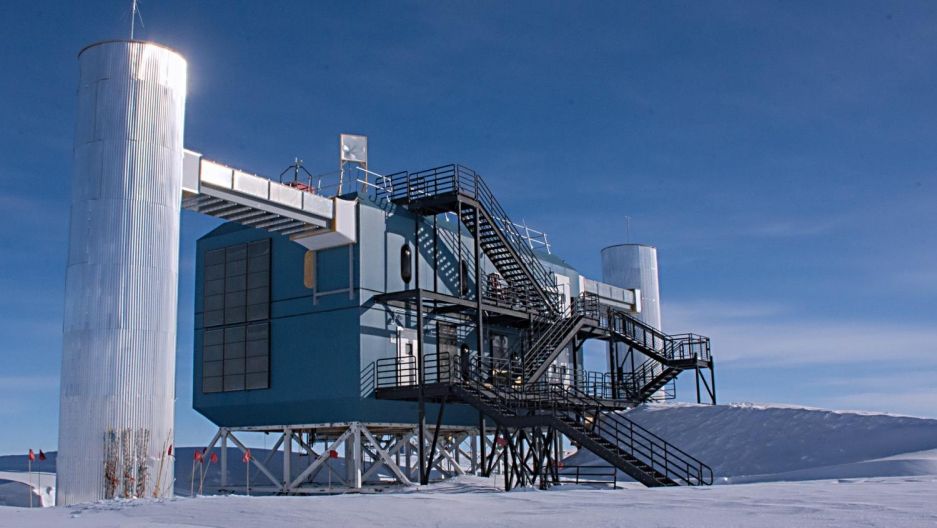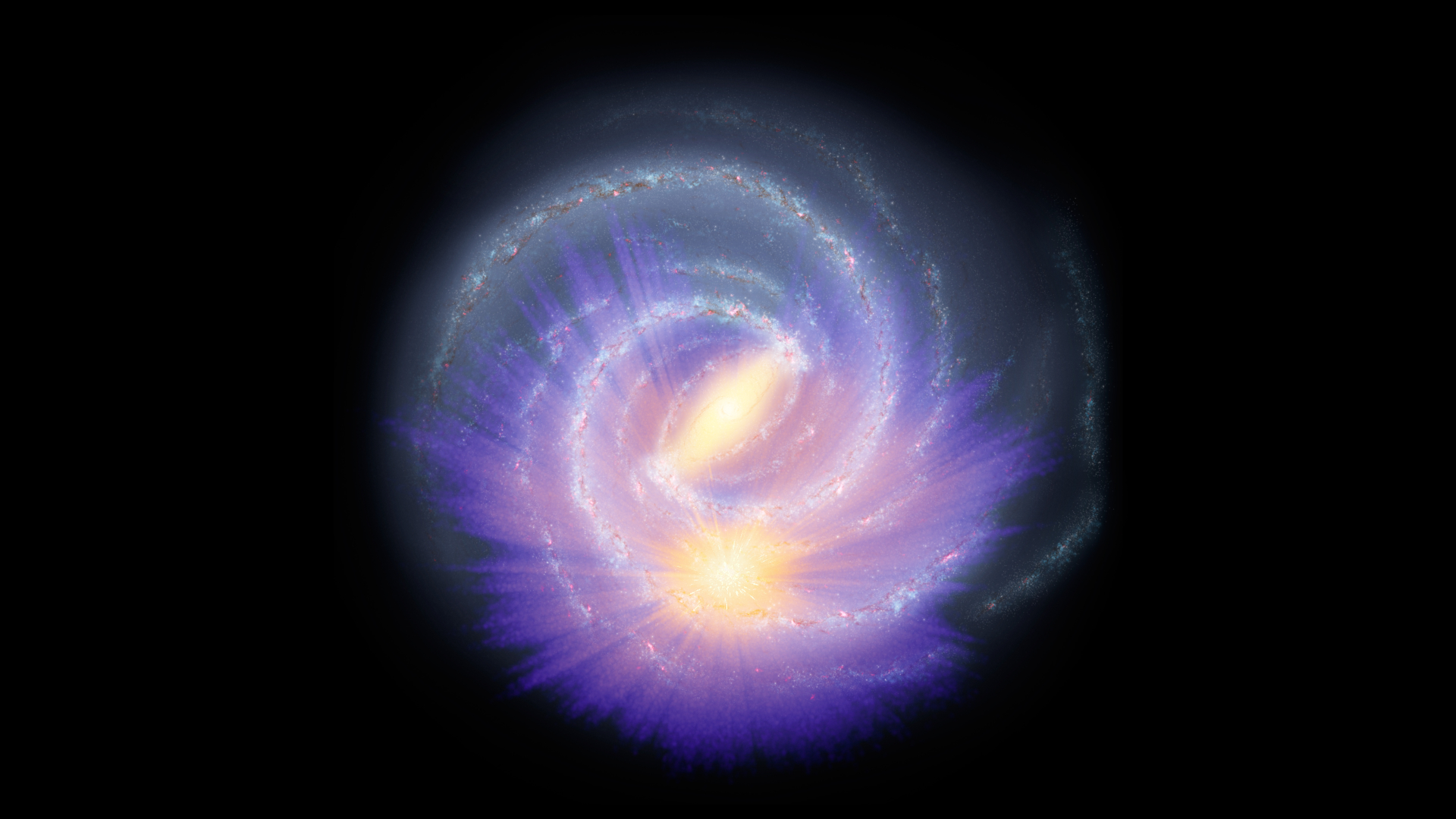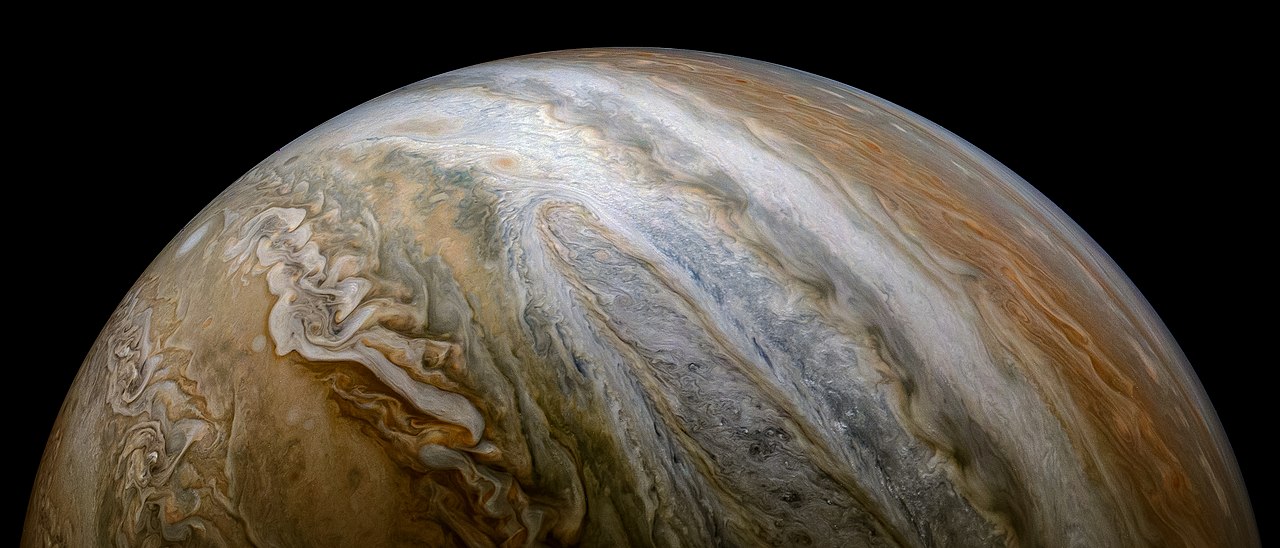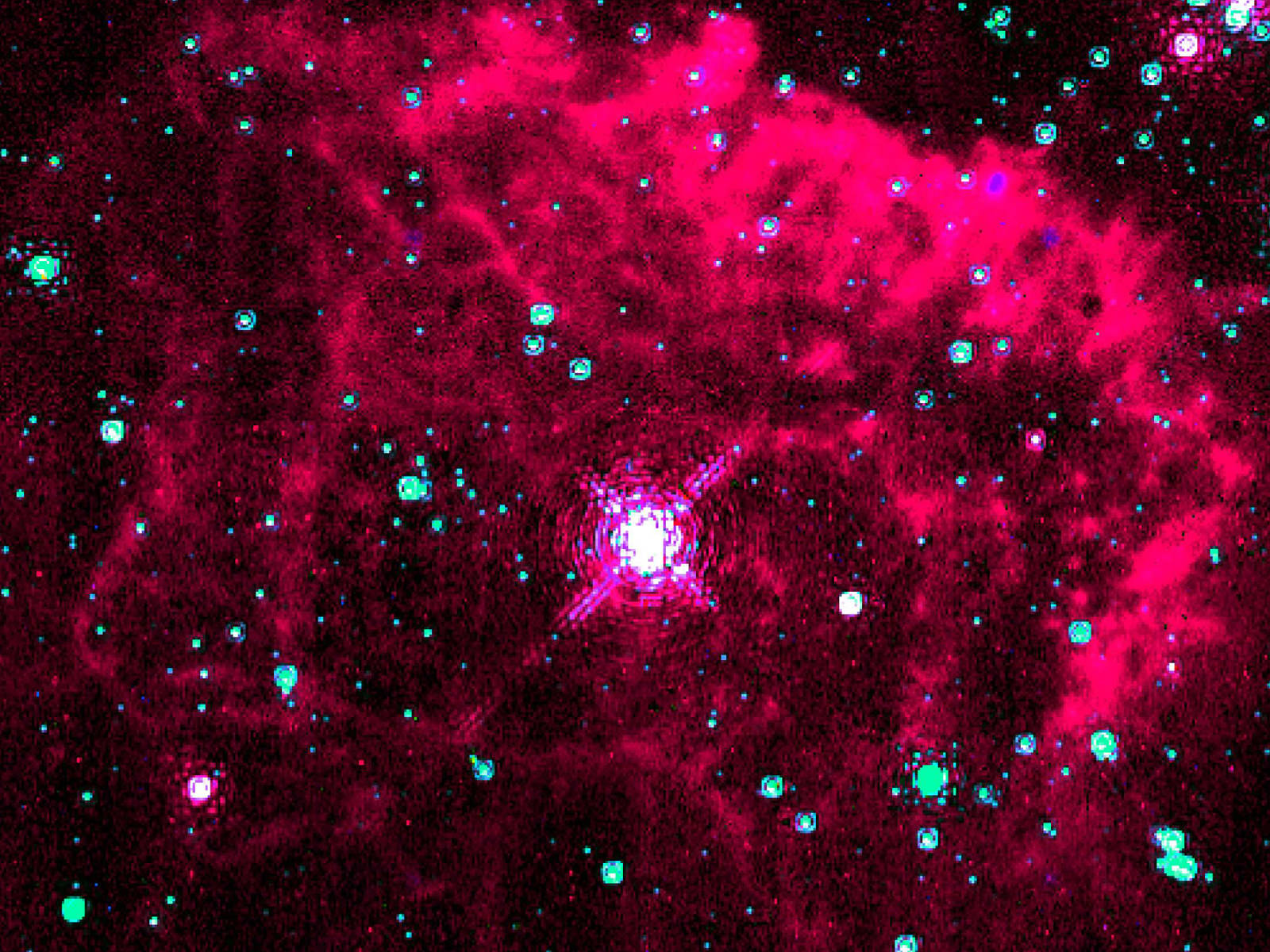Thanks to the most advanced telescopes, astronomers today can see what objects looked like 13 billion years ago, roughly 800 million years after the Big Bang. Unfortunately, they are still unable to pierce the veil of the cosmic Dark Ages, a period that lasted from 370,000 to 1 billion years after the Big Bang, where the Universe was shrowded with light-obscuring neutral hydrogen. Because of this, our telescopes cannot see when the first stars and galaxies formed – ca., 100 to 500 million years after the Big Bang.
This period is known as the Cosmic Dawn and represents the “final frontier” of cosmological surveys to astronomers. This November, NASA’s next-generation James Webb Space Telescope (JWST) will finally launch to space. Thanks to its sensitivity and advanced infrared optics, Webb will be the first observatory capable of witnessing the birth of galaxies. According to a new study from the Université de Genève, Switzerland, the ability to see the Cosmic Dawn will provide answers to today’s greatest cosmological mysteries.
Continue reading “Cosmic Dawn Holds the Answers to Many of Astronomy’s Greatest Questions”









